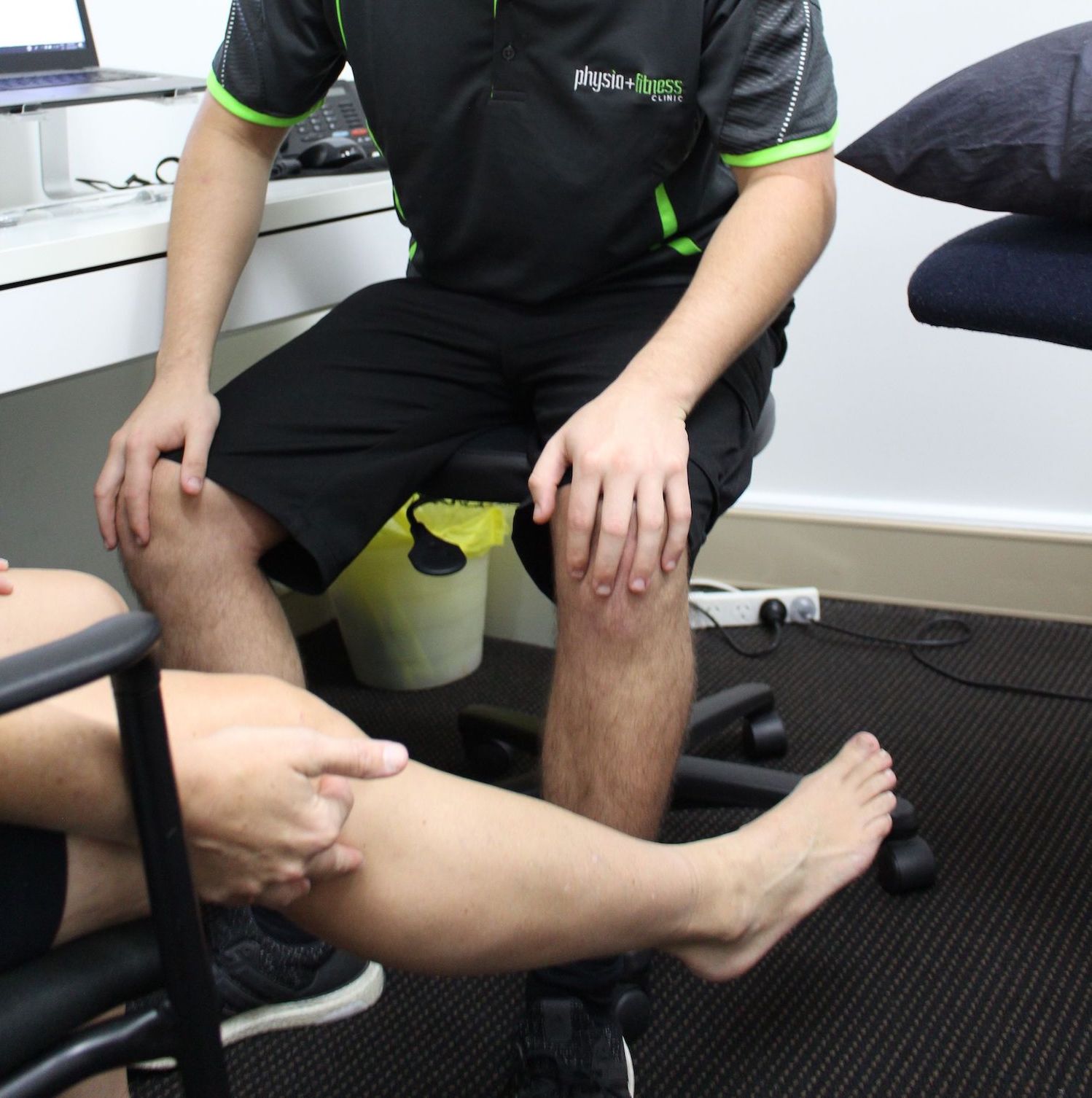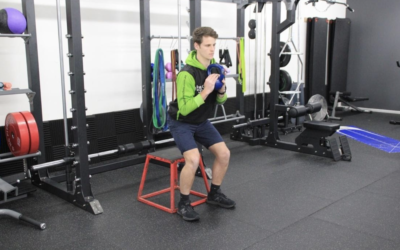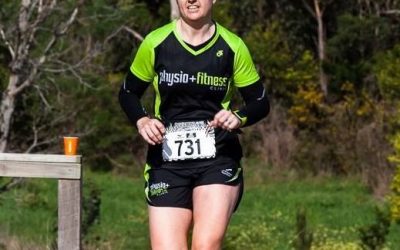Sick of cramping calves?


How to build up your calf strength
Have you ever wondered about our calf muscles, and what makes some people so susceptible to cramps and others not?
Well, we all know our calf muscles are super important for our running speed. Plus, here’s a bit of trivia for you – calf strength and mobility (which presents as ankle stiffness) correlates importantly with injury in the lower limbs.
Having good calf strength enables you to have an efficient push-off phase when running, with power coming up through your foot, plus good foot bio mechanics helps you to propel forward. This, tied in with a snappy hip flexion and knee flexion enables the body to move as quickly as possible.
So, what can we do to improve calf strength?
I love to train athletes in a few different capacities…
Because Achilles injuries are so common and can be very devastating, I always like people to involve some isometric (long holds) exercises as part of their strength program. This means, literally rising onto your toes and simply holding for anywhere between 15 seconds and 45 seconds. This exercise should be the major component of the strength program until the Achilles pain is managed properly.
If there is no Achilles problem, then I like people to add concentric exercises to their program; this means up and down. It is important to strengthen the gastroc muscles, as well as the soleus, which are the two major muscles in your calf region.
With the gastroc muscle, it is easiest in standing with your knees straight and with the soleus it is easiest in sitting with your knees bent.
In regards to speed, reps and sets, I recommend playing around with this, as it allows the muscle to strengthen in different phases to better prepare your muscles for different forces which can help build resilient muscle tissue.
In addition to this, if you are a long distance runner, eccentric loading is super important to build up the capacity of the calf muscle, to better tolerate the impact forces when running.
#5: Patellofemoral pain
Case series blog #5: Patellofemoral pain. Ms P is a 14-year-old female, who presented to Physio and Fitness Clinic after 15 months of right sided knee pain covering her patella region. Ms T reported this pain started without incident, and had fluctuated for severity...
Top 6 Best Walks in & Around Seaford
Who says you need to leave Seaford to get into nature? There are plenty of gorgeous places to stretch your legs in Seaford itself. Also, a few added to the list from down the Peninsula. Best walks in and around Seaford Getting outside and active is one of the best and...
What do I need to start running?
Starting running is a big step for a lot of people, particularly if life has got in the way for a while and exercise has generally taken a back step. Put simply, to start running you need nothing more than Shoes are always a difficult one to recommend from a...



